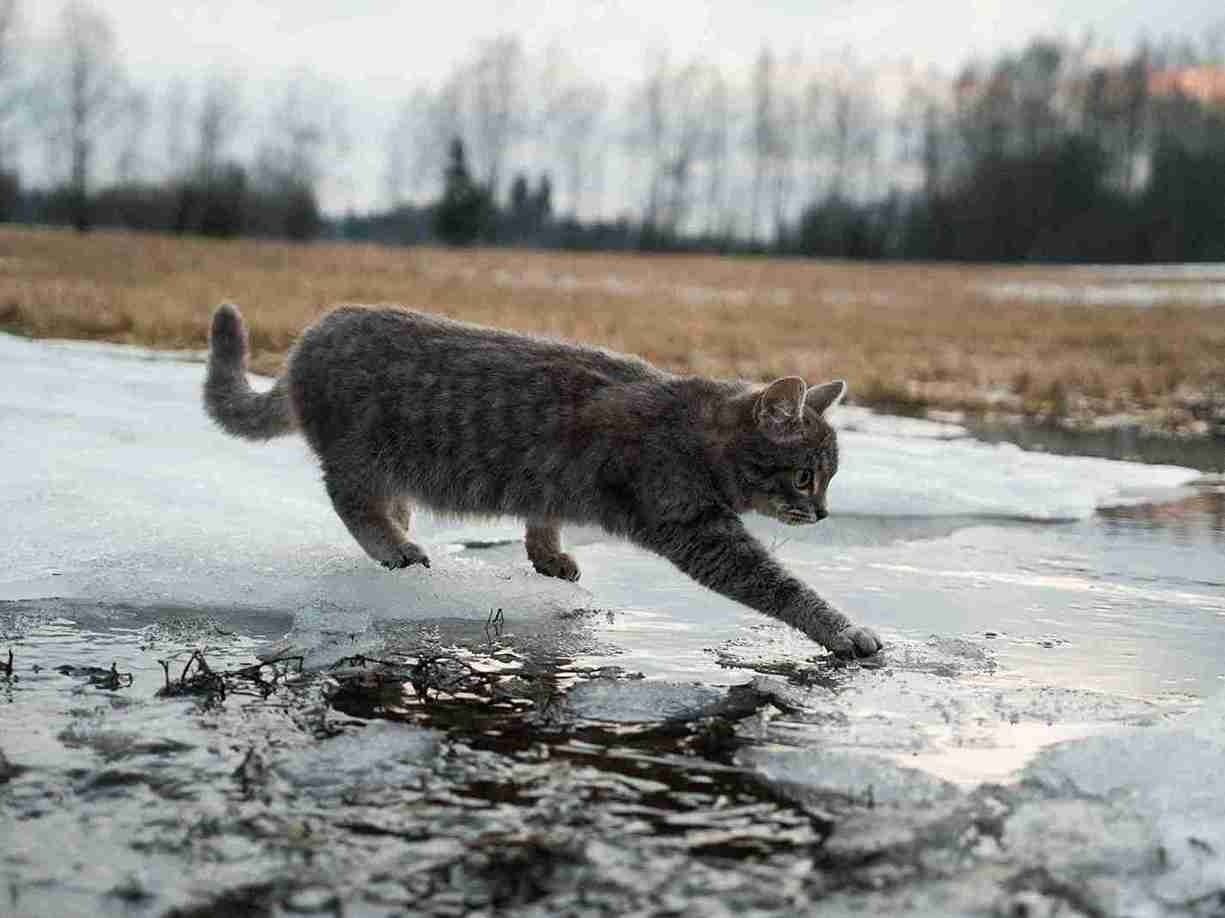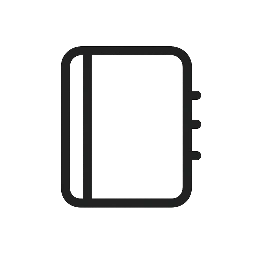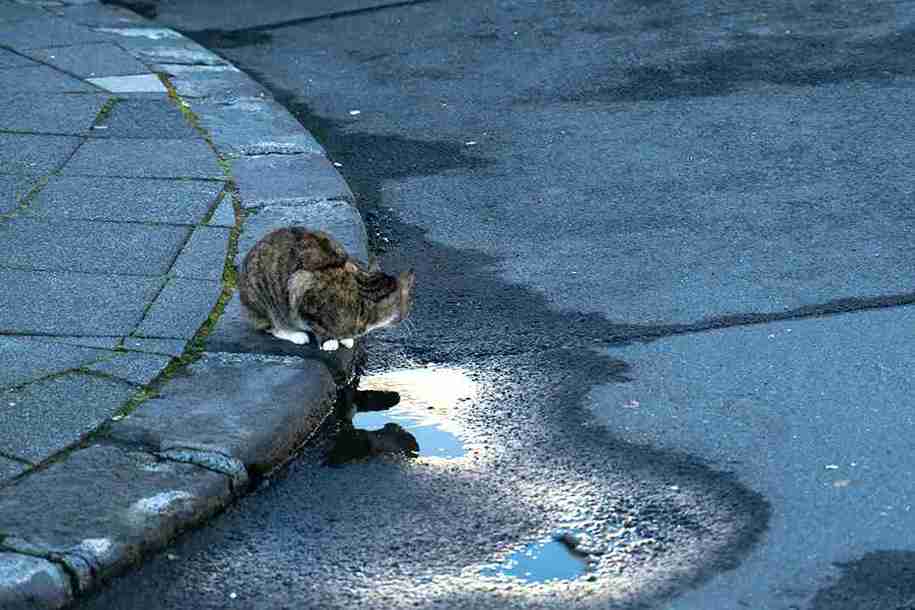1. Introduction: Why Cat Litter Works for Oil Spills
Many people believe that cleaning an oil spill needs costly chemicals or special industrial tools. But that’s not always true. In fact, one of the best oil-spill tools is something many of us already have at home: cat litter. And yes, it actually works. You don’t need fancy absorbents or complicated kits — sometimes the simplest solution is sitting right in your laundry room.
Cat litter is now a popular choice for cleaning oil spills. It’s cheap, easy to use, and very good at soaking up messes. If you have motor oil, a drip from a car repair, or a spill in your garage, cat litter for oil cleanup is a lifesaver. It’s a safe and budget-friendly method for cleaning up oil spills. You don’t need to buy expensive commercial absorbents.
This simple method helps homeowners remove oil stains from driveways. It also cleans garage leaks and easily soaks up automotive fluids. And the best part? You don’t need any special skills — just sprinkle, wait, and sweep. That’s it.
Before we dive into the step-by-step process, let’s take a quick look at why this everyday product performs so well.
2. How Cat Litter Absorbs Oil (Simple Science Explained)
Cat litter isn’t magic — it’s science. The reason it’s so good at soaking up spilled oil comes down to one key thing: absorbency. Most traditional litter, especially cheap non-clumping clay, is made from bentonite clay. This material absorbs well and is used in many products, from industrial spill kits to cleaners.
This clay has a porous structure, which means it acts like a sponge. When you pour it on spilled oil, the particles quickly absorb and lock in the liquid. That’s why the cat litter oil spill method is so effective on hard surfaces like concrete, asphalt, and garage floors.
Another reason this works so well is that clay litter doesn’t clump when it touches oil. Instead, it stays loose and keeps absorbing more fluid as it sits. This is exactly why people rely on kitty litter oil-absorber products in workshops, garages, and even automotive shops.
And if you’ve ever wondered, “Does cat litter remove oil from concrete?” — the answer is yes, especially when you let it sit long enough. The oil is pulled out of the tiny pores on the surface, making it easier to brush away later.
In short, the science is simple:
-
Clay = porous
-
Porous = high absorption
-
High absorption = fast and effective oil cleanup
Cat litter absorbs oil really well. That’s why it’s a go-to for household emergencies, like driveway oil stains, garage spills, or leaking automotive fluids.

3. What Type of Cat Litter Works Best for Oil Spills
Many people believe that any cat litter will work for an oil spill. But that’s not true. Some types barely absorb anything. Others even make the mess worse. So, choosing the right product matters a lot when you want quick and clean oil spill cleanup.
The best option is non-clumping clay litter. It’s cheap, heavy, and incredibly absorbent. This type works well because it stays loose while soaking up motor oil or other automotive fluids. That means you can spread it easily and let it pull oil out of the surface. It’s also the same type used in many commercial kitty litter oil absorber products.
On the other hand, clumping litter doesn’t work. It reacts to moisture, not oil. So it forms sticky lumps that only smear the spill around. Scented and lightweight litters are also poor choices. They tend to break apart and fail to absorb deep oil spots.
If you’re wondering, “Does cat litter remove oil from concrete?”, the answer is yes — but only when it’s the right kind. Clay-based litter absorbs oil quickly on driveways, garage floors, and even rough asphalt. This makes it a reliable cat litter driveway cleaner and a practical cat litter oil spill method you can use anytime.
For old or stubborn stains, you can add a second layer. Clay litter continues to draw out oil even after the first sweep. It’s a simple trick that makes a big difference when you need a strong oil spill cat litter method without buying expensive cleaners.
4. Step-by-Step Guide: How to Use Cat Litter to Clean an Oil Spill
A lot of people think cleaning an oil spill with cat litter is messy or complicated. It’s not. The process is simple, quick, and effective. And with the right steps, you can clean the spill completely without spreading it further.
4.1 Prep the Area
Start by clearing the space around the spill. Remove tools, rags, or anything soaked in oil. This helps you avoid dragging the oil around. It also gives the cat litter direct contact with the stain, which improves absorption.
4.2 Apply the Cat Litter Properly
Pour a generous layer of clay litter on top of the oil. Make sure it covers the entire spill. The more oil present, the thicker the layer should be. This is the basic foundation of the cat litter oil spill method and the most important step.
4.3 How Long to Leave Cat Litter on an Oil Spill
Let the litter sit for at least a few hours. For larger spills, leave it overnight. This gives the litter enough time to pull oil out of cracks and pores. If you’re dealing with driveway oil spills, a longer rest time helps remove deeper stains.
4.4 Sweep, Remove, and Repeat if Needed
Once the oil is absorbed, sweep the litter into a dustpan. If the stain is still visible, apply a second round. This simple routine is one of the safest ways to handle spilled oil at home and works on concrete, asphalt, and garage floors.
5. Cleaning Oil on Different Surfaces
Most people assume the cat litter oil spill method only works on one or two surfaces. But that’s not true. Cat litter can handle many types of flooring. It absorbs oil fast and works well in garages, driveways, outdoor pavements, and even rough asphalt. You just need to adjust the method slightly based on the surface.
5.1 Driveway Oil Stains (Concrete + Gravel)
Concrete absorbs oil quickly. That’s why driveway stains are so frustrating. But cat litter helps pull oil out of those tiny pores. Sprinkle clay litter over the spot. Press it gently with your foot to help it reach the surface texture. Then, leave it for several hours. This method works for both fresh and older spills. If you’re cleaning driveway oil stains, this is one of the easiest and cheapest ways to fix the problem without using harsh chemicals.
5.2 Garage Floor Oil Leaks
Garage floors get the worst leaks from cars, lawn equipment, and tools. Yet, cat litter handles garage oil spill cleanup well because it absorbs automotive fluids safely. Spread a thick layer over the spill and let it sit longer than usual. Since garage floors are often smooth, the litter absorbs oil more evenly. Always follow up with a second round if the stain is large or fresh. This helps remove leftover oil and reduces long-term staining.
5.3 Asphalt, Brick, and Outdoor Pavement
Many people think cat litter won’t work on asphalt or brick. However, it does. Rough materials hold onto oil, but clay litter pulls it out with some extra time. Simply apply more litter and allow longer absorption. This method works even on outdoor pavement exposed to sun and dust. It’s a simple fix when you need an inexpensive cat litter driveway cleaner that actually works.
6. Extra Household Tricks to Boost the Litter Method
Some people think cat litter alone can remove every oil stain. But that’s not always the case. Sometimes you need a little extra help. Luckily, you can boost the cat litter oil spill method using common household items.
To start, dish soap is a great partner. After sweeping the used litter, add a few drops of dish soap to the spot. Mix it with warm water and scrub lightly. This breaks down leftover oil and helps lift the stain faster. It also makes the area safer to walk on.
Baking soda is another powerful helper. It absorbs light residue and helps with odor control. Sprinkle it over the area, let it sit, and sweep it away. This works well on concrete and garage floors where you want a deeper clean.
For tougher spills, you can apply a degreaser after using litter. This is helpful if you’re dealing with motor oil or older stains that have already settled. Using a degreaser doesn’t replace litter; it simply gives you a cleaner finish.
Finally, a second layer of cat litter often makes a big difference. Clay litter continues to pull oil out of cracks and small holes. So, repeating the process is an easy, budget-friendly oil spill cleanup method that saves money and avoids harsh products.
7. When Cat Litter Isn’t Enough (What to Do Next)
Many people believe cat litter can fix every oil spill. But that isn’t always true. Some stains are old, deep, or stubborn. So, cat litter alone may not remove them completely. When that happens, you simply need a few backup methods to finish the job.
Old oil stains soak deep into concrete and asphalt. Therefore, you may need a stronger cleaner after using the cat litter oil spill method. A commercial degreaser is a good choice. It breaks down leftover oil that the litter couldn’t absorb. Apply it directly on the stain, scrub lightly, and rinse. This works well when you’ve already removed most of the spill with litter but still see a shadow of the stain.
If the oil spot is very stubborn, you can also try a pressure washer. This helps lift oil from rough surfaces like driveways and outdoor pavement. But always use the washer after the litter step. This prevents pushing fresh oil deeper into cracks.
Sometimes, repeating the process is enough. A second or third round of cat litter for oil cleanup often pulls out more oil. This is helpful when you’re cleaning driveway oil stains or large spills in the garage.
If you want an eco-friendly spill cleanup option, look for biodegradable absorbents. They work well on big spills and are safe for the environment. These can be useful when you deal with large amounts of motor oil or gear fluids.
In short, cat litter does most of the work. However, when it falls short, a few simple tools will help you finish the cleanup completely.
8. Mistakes to Avoid When Cleaning Oil Spills with Cat Litter
A common belief is that you can’t go wrong when using cat litter on an oil spill. But that’s not true. A few simple mistakes can make the cleanup harder. They can even spread the oil further. So it’s important to avoid the most common issues.
First, never use clumping litter. It reacts to moisture, not oil. Because of this, it forms sticky clumps that smear the spill across the surface. Clay litter works better because it stays loose and absorbs oil more slowly and evenly.
Second, don’t sweep too early. Many people sprinkle litter and then sweep it within minutes. However, the litter needs time to soak up the oil. Leaving it for several hours gives you a better result and reduces the number of cleanup rounds.
Third, don’t add water too soon. Water mixes with oil and creates a slippery mess. It also pushes oil deeper into concrete or asphalt. Always use dry litter first. After the oil is absorbed, you can rinse or scrub if needed.
Another mistake is using too little litter. A thin layer won’t absorb enough oil. It’s better to apply more at the start and sweep away the excess later. This helps avoid spreading automotive fluids around the area.
Finally, avoid dragging tools or shoes through the spill. This spreads the oil and makes the stain larger. Always work around the edges and move inward as you clean.
Avoiding these mistakes makes the whole cat litter oil spill process faster, cleaner, and much more effective.
9. Safety Tips for Handling Oil Spills at Home
Many people assume oil spills are harmless and easy to clean. But that’s not true. Oil can be slippery, toxic, and damaging to surfaces. Safety should always come first when using the cat litter oil spill method or any cleanup method.
Always wear gloves before starting. Oil can irritate your skin, and automotive fluids often contain chemicals you don’t want to touch. Gloves keep your hands safe while you sprinkle or sweep the litter. In addition, use a mask if the area isn’t well-ventilated. Oil vapors can become strong in garages or closed spaces.
Next, make sure the floor is clear. Tools or sharp objects near the spill can be dangerous. Removing clutter helps prevent accidents while you work. It also lets the cat litter touch the stain directly. This helps it absorb the oil better.
You should also avoid walking through the oil. This spreads the spill, makes the surface slippery, and increases the risk of a fall. Always step around the edges and move carefully. Keep kids and pets away until the cleanup is complete.
After the litter absorbs the oil, sweep it into a sturdy container. Never throw oil-soaked litter onto the lawn or into regular trash bins. Used litter is considered contaminated material. Instead, seal it in a plastic bag and dispose of it according to your local waste guidelines. This is especially important for spills of motor oil, brake fluid, or transmission fluid.
Finally, wash the area after removing the litter. A little soap and warm water will remove leftover residue. This keeps the surface safer and prevents future slipping.
10. FAQs Based on Search Intent
Many people have common questions about cleaning spills with cat litter. Here are the most helpful answers to guide you through the process.
1. Does cat litter really help with motor oil spills? Yes. Clay litter absorbs oil quickly and works well for driveway oil stains, garage spills, and small leaks. It’s one of the cheapest and easiest methods available.
2. How long should cat litter sit on an oil spill? It depends. Fresh spills may take a few hours. Deep or old stains usually need overnight absorption. Letting it sit longer improves results and reduces the need for extra steps.
3. What’s the fastest way to clean oil on concrete? Start with a thick layer of litter. After it absorbs the oil, sweep it away. Then use dish soap or a degreaser for leftover marks. This combination removes oil from concrete faster than using litter alone.
4. Is cat litter better than baking soda for spills? Yes. Baking soda helps but doesn’t absorb large amounts of oil. Cat litter absorbs more and works well on rough surfaces like asphalt and garage floors. You can use both for a deeper clean.
5. Can cat litter work on old oil stains? It can help, but results vary. Old stains often need more time or a second round of kitty litter oil absorber. For very stubborn spots, a degreaser or pressure washer may finish the job.
11. Conclusion: Why Cat Litter Should Be Your Go-To Oil Cleanup Tool
Many people still think cat litter is only for pets and not for real cleanup jobs. But that idea is outdated. Cat litter has proven itself as one of the simplest and most effective tools for handling oil spills at home. It works fast, absorbs well, and saves you money compared to commercial products.
Cat litter is extremely reliable for cleaning motor oil, car leaks, and accidental spills on driveways or garage floors. Clay litter absorbs oil deeply, making it a strong option when you need a quick fix. It also works on different surfaces, which adds to its usefulness. Whether you’re dealing with driveway oil stains, garage leaks, or small drips in a workshop, the cat litter oil spill method gets the job done.
Another reason it’s a great choice is convenience. You don’t need special equipment or expensive cleaners. A simple bag of non-clumping clay litter can handle most spills. It’s a practical backup to keep in your home, especially if you work on cars or deal with tools that leak fluids. And because it’s affordable, you can use it again and again without worrying about cost.
Cat litter is also a safe solution. It helps you absorb automotive fluids quickly and reduces slip risks. Plus, it’s easy to sweep and dispose of once it pulls the oil from the surface. That makes it an effective and beginner-friendly option for oil spill cleanup.
In the end, having cat litter on hand is a smart move. It’s simple, fast, and surprisingly powerful. So, the next time oil leaks or spills, you’ll already have the perfect tool ready to go.


Leave a Reply